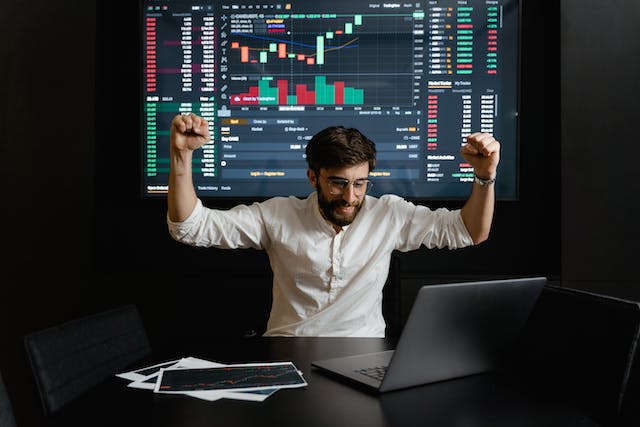
You must be looking for the answer to the question why do you need automated algorithmic trading systems? Algorithmic trading is evolving as a popular alternative to manual trading because of several advantages. Besides helping reduce your trading costs, algorithmic trading software helps speed up transactions and makes them more accurate. Here’s everything you need to know about its benefits.
What do you Understand by Automated Algorithmic Trading Systems?
While the dictionary definition says “It refers to processes or rules based on calculations or problem-solving operations automatically done by a computer,” in short, it is a trading strategy devoid of human emotions or intervention.
Algorithms are mathematical creations that are pre-written to execute commands at lightning speed or in microseconds. A trader can handle a couple of indicators and scan a couple of baskets of assorted assets at a time; anything beyond that is challenging for the human brain. However, an algorithmic trading system can handle much more with an incredulous degree of accuracy that rules out errors, leading to sure-shot profits.
If you have not seen the earnings calendar you must try it once. I can say you will love it.
AI-Enabled
Algorithms are AI-enabled, hence smart. In short, algorithms are used to speed up mundane processes like stock and share trading, which needs to be done in a split-second timing to realize profits.
When algorithmic trading software is used, trades are scanned and executed based on many indicators at speeds beyond human comprehension. As multiple trades can be executed within a short time, traders can look forward to using the same investment amount for several trades before the market closes.
Speed and Accuracy
The significant advantage of algorithmic trading is the degree of accuracy achieved. Unlike trades based on human commands/actions, algorithmic trades are executed automatically, bypassing any possible pitfalls that could cause heavy losses. With manual entries, by the time a trader double-checks the strike rate and quantity, the rate would have fluctuated several times. However, algorithmic trading is designed to anticipate such fluctuations and strike at split-second accuracy.
No Human Emotions
While a trader is subject to emotions and easily gets swayed by what appears to be a possibility (most often a mirage), algorithmic trading is devoid of emotions. It follows the predefined criteria fed into it already.
While a human being can make irrational decisions on the spur of the moment, algorithmic trading software is based on past data and designed to make decisions that lead to profit. It is sporadic for traders using an algorithmic trading system to incur losses at the bourses.
Any human strategy may appear successful on paper; however, traders do not follow what’s on paper. They give in to emotions midway and make hasty decisions that cause heavy losses. As a trader, you do not strictly follow stop-loss advice, nor do you book profits prematurely, fondly hoping for the prices to move in your favor.
More Trades Based on Algorithms
Did you know that 60 percent of the trading is done using algorithmic trading? That’s because it works on a strategy based on quantitative analysis that decides when to buy and when to sell. Most equity investors today do not follow stock-specific fundamentals while buying or selling stocks.
Only about 10% of the traders follow “fundamental discretion” while trading. Today the number of people trading based on algorithms has doubled from what it was a decade ago.
Risk-Free Arbitrage
Arbitrage is all about buying and selling the same asset at different prices in two different markets. While it is too difficult for a human brain to comprehend and execute such trades, algorithmic trades are designed to execute such trades flawlessly. What’s more, there are zero risks because the prices should meet ultimately, plus or minus 0.10 to 0.15 percent, which is negligible.
Price discrepancies do not last long; it takes the speed and accuracy of a machine to execute such trades without incurring loss and making a profit. Arbitrage bots can be embedded in an algorithm to detect small changes in prices before completing a transaction at split-second speeds.
Scalping is another operation that an algorithmic trading system is adept at. Trades are executed at minuscule profits, and a transaction is viable only if the volumes are high. Scalping helps take advantage of such fractional price movements when a quick buy or sell order is placed to take advantage of the difference in profit.
Such minute split-second decisions in trading are not possible for humans as the stress due to focusing can be very telling. Although scalping is generally looked down upon as a low form of trading, its profits cannot be ignored.
Summing it Up
Stock trading is very complex and carries a high degree of risk. It takes years of trading experience and a razor-sharp brain to make quick decisions. While trading is highly stressful for most people, it is a way of life for some professional investors. However, the advent of algorithmic software enables even the uninitiated to venture into domains they feared to tread earlier boldly.






